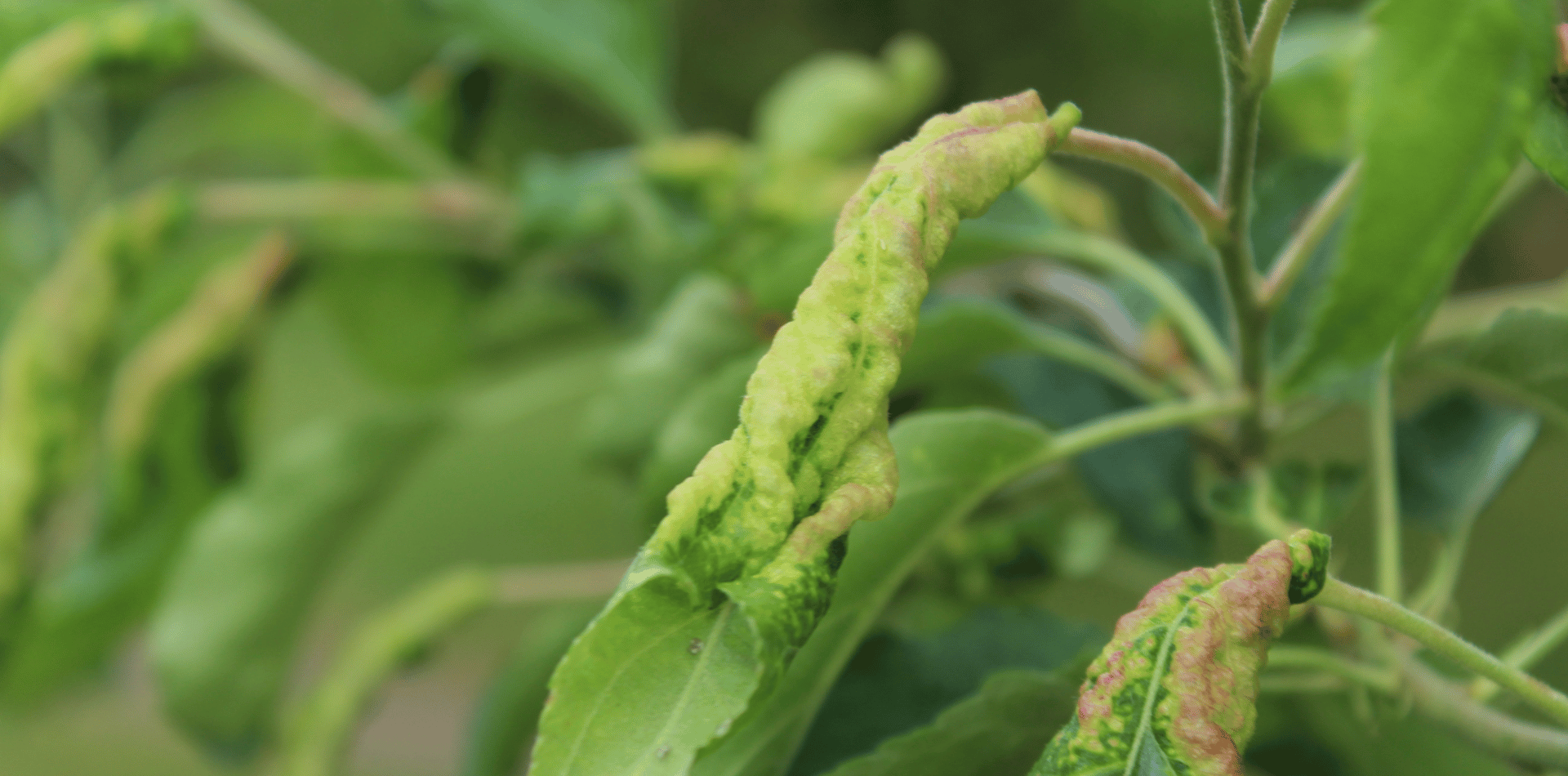Unveiling Hidden Dangers: The Need for Expert Assessment Before Tree Removal
Expert Assessment Before Tree Removal
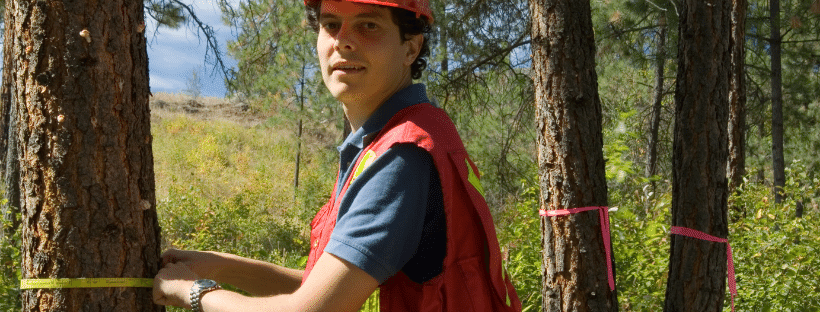
The majestic presence of trees in our landscapes can be captivating, offering shade, beauty, and a connection to nature.
However, beneath their leafy canopies, trees can harbour hidden dangers that may not be immediately evident to the untrained eye. Before embarking on tree removal, it is crucial to recognise the need for expert assessment. Professional arborists possess the knowledge, experience, and tools to unveil the concealed threats that may be lurking within a seemingly healthy tree.
Let's examine the significance of expert assessment before tree removal, shedding light on the hidden dangers that necessitate a careful and informed approach.
The Unseen Hazards Within Trees
Trees, despite their grandeur, can harbour a range of hidden dangers that can have dire consequences if not properly addressed.
Structural Weakness:
A tree's outward appearance can be deceiving. Internal decay, cracks, or weak joints may compromise its structural integrity, making it vulnerable to sudden failure, especially during inclement weather. These hidden weaknesses can turn a seemingly sturdy tree into a potential hazard.
Pest Infestations:
Pests such as borers and termites, beetles, and fungi can infest trees, causing irreparable damage from the inside out. These hidden invaders weaken the tree's defenses and accelerate its decline, making it more susceptible to collapse.
Root Health and Stability:
The health of a tree's root system is often hidden from view, but it is vital to its stability. Compromised roots due to disease, construction damage, or soil compaction can lead to a tree becoming unstable and toppling unexpectedly.
Cavities and Hollows:
Hollow spaces within a tree can develop over time, sometimes hidden behind a seemingly healthy exterior. These cavities weaken the tree's structure and increase the risk of it breaking or falling.
Unseen Disease:
Many tree diseases are not readily apparent until they reach an advanced stage. An expert assessment can reveal early signs of disease, allowing for targeted interventions to prevent its spread to other trees.
The Role of Expert Assessment
Professional arborists possess the expertise required to thoroughly assess a tree's health, structural stability, and potential hazards. Their assessment involves a combination of scientific knowledge and practical experience.
Health Evaluation:
Arborists conduct comprehensive health evaluations, examining the leaves, branches, and trunk for signs of disease, infestations, and stress. They can identify symptoms that might not be apparent to the untrained eye, providing a more accurate picture of the tree's overall condition.
Structural Analysis:
Arborists use specialised tools to assess a tree's structural integrity, identifying internal decay, weak attachments, and other hidden issues. These insights help determine whether a tree can be saved through targeted interventions or if removal is the safer option.
Root Examination:
Arborists employ techniques such as root crown excavations and soil testing to assess the health and stability of a tree's root system. These assessments reveal hidden problems that could compromise the tree's ability to stand firm.
Disease Identification:
Early detection of diseases is crucial for effective management. Arborists can identify subtle signs of disease and recommend appropriate treatments or removal strategies to prevent the disease from spreading.
Predicting Hazard Potential:
Arborists consider various factors, such as the tree's location, condition, and potential impact on nearby structures and people. Based on this assessment, they can predict the tree's hazard potential and recommend necessary actions.
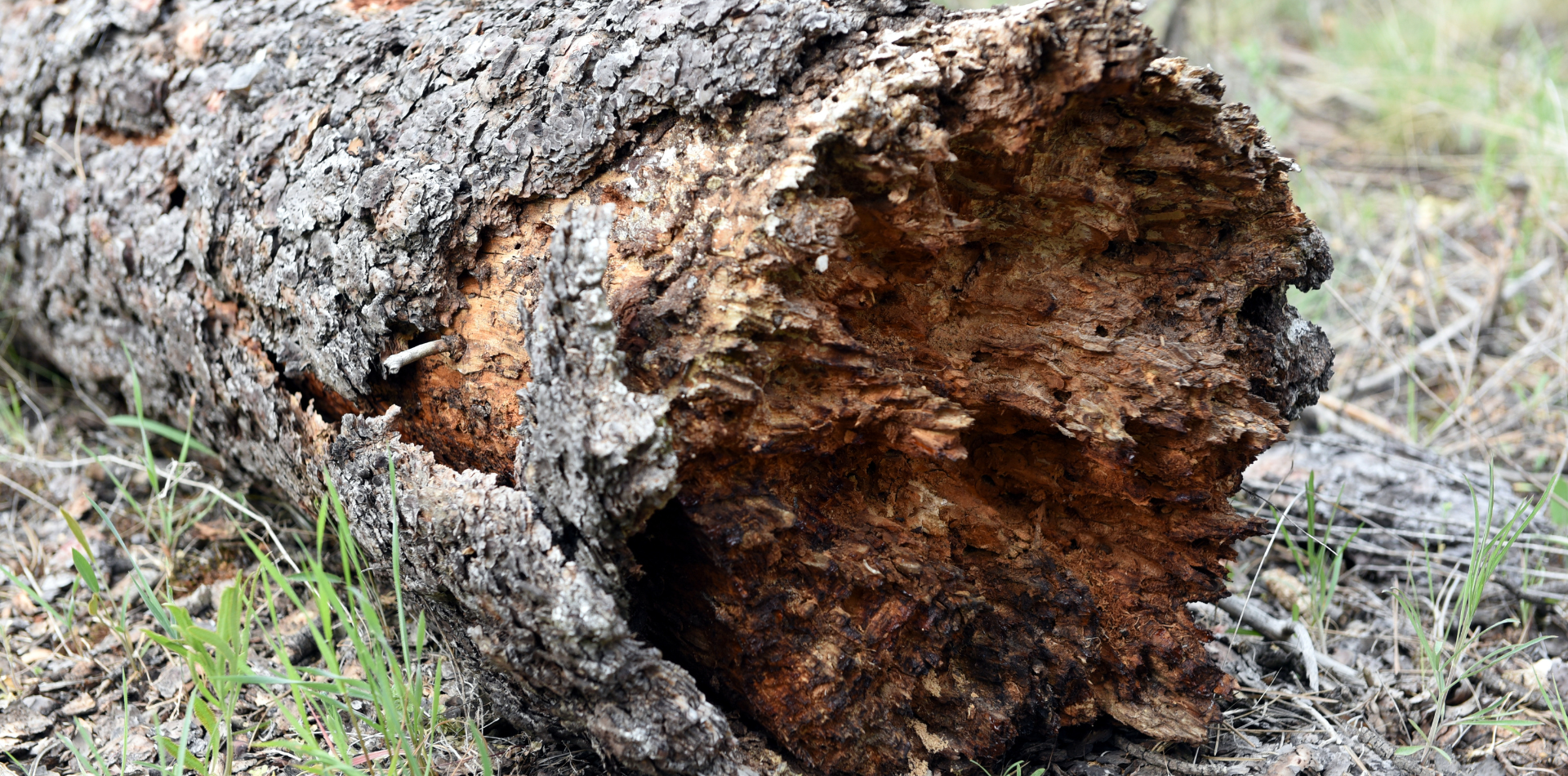
The Consequences of Ignoring Expert Assessment
Ignoring the need for expert assessment before tree removal can lead to dire consequences, both in terms of safety and ecological impact.
Safety Hazards:
A tree with hidden weaknesses can pose a significant safety hazard, especially during storms or high winds. Without proper assessment, the tree's sudden collapse could lead to property damage, injuries, or even fatalities.
Environmental Loss:
Trees are integral components of ecosystems, providing habitat and contributing to air and water quality. Removing a tree without proper assessment can disrupt these delicate balances and lead to ecological degradation.
Property Damage:
An improperly removed tree can fall unpredictably, causing damage to structures, vehicles, power lines, and other valuable assets. Expert assessment ensures that tree removal is executed safely and with minimal impact.
Legal and Financial Ramifications:
Negligent tree removal that results in damage or injury can lead to legal liabilities and financial repercussions. Employing professional assessment and services helps mitigate these risks.
Unveiling hidden dangers through expert assessment before tree removal is a fundamental step toward responsible land management. Trees are living organisms that interact with their environment in intricate ways, and their removal requires careful consideration of their health, structural stability, and potential hazards.
Entrusting this assessment to certified arborists ensures that decisions are based on accurate and comprehensive information. The consequences of neglecting expert assessment can range from safety hazards and property damage to ecological disruption and legal liabilities.
By recognizing the importance of expert assessment, we safeguard both the well-being of our environment and the safety of those who inhabit it.
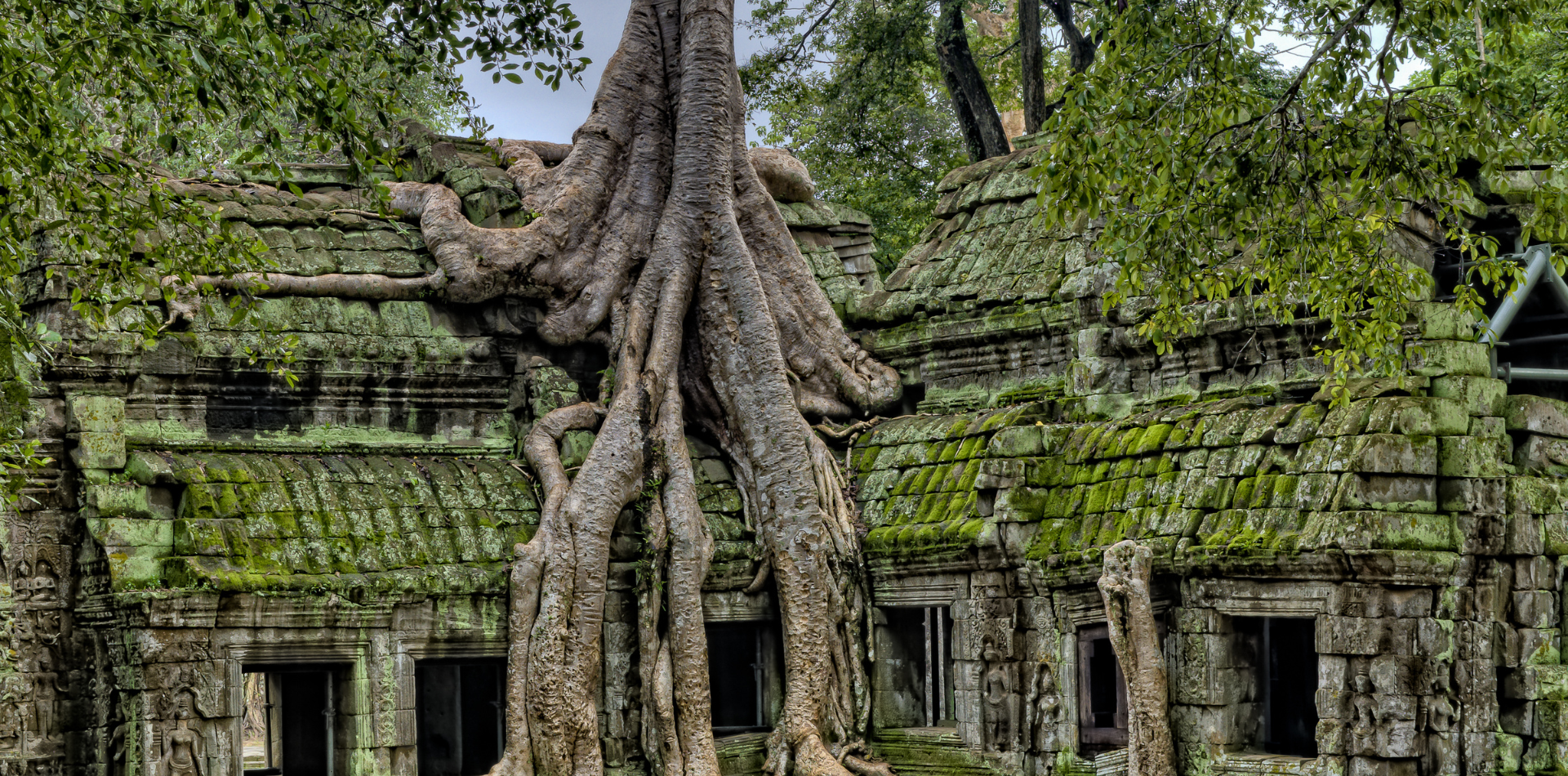

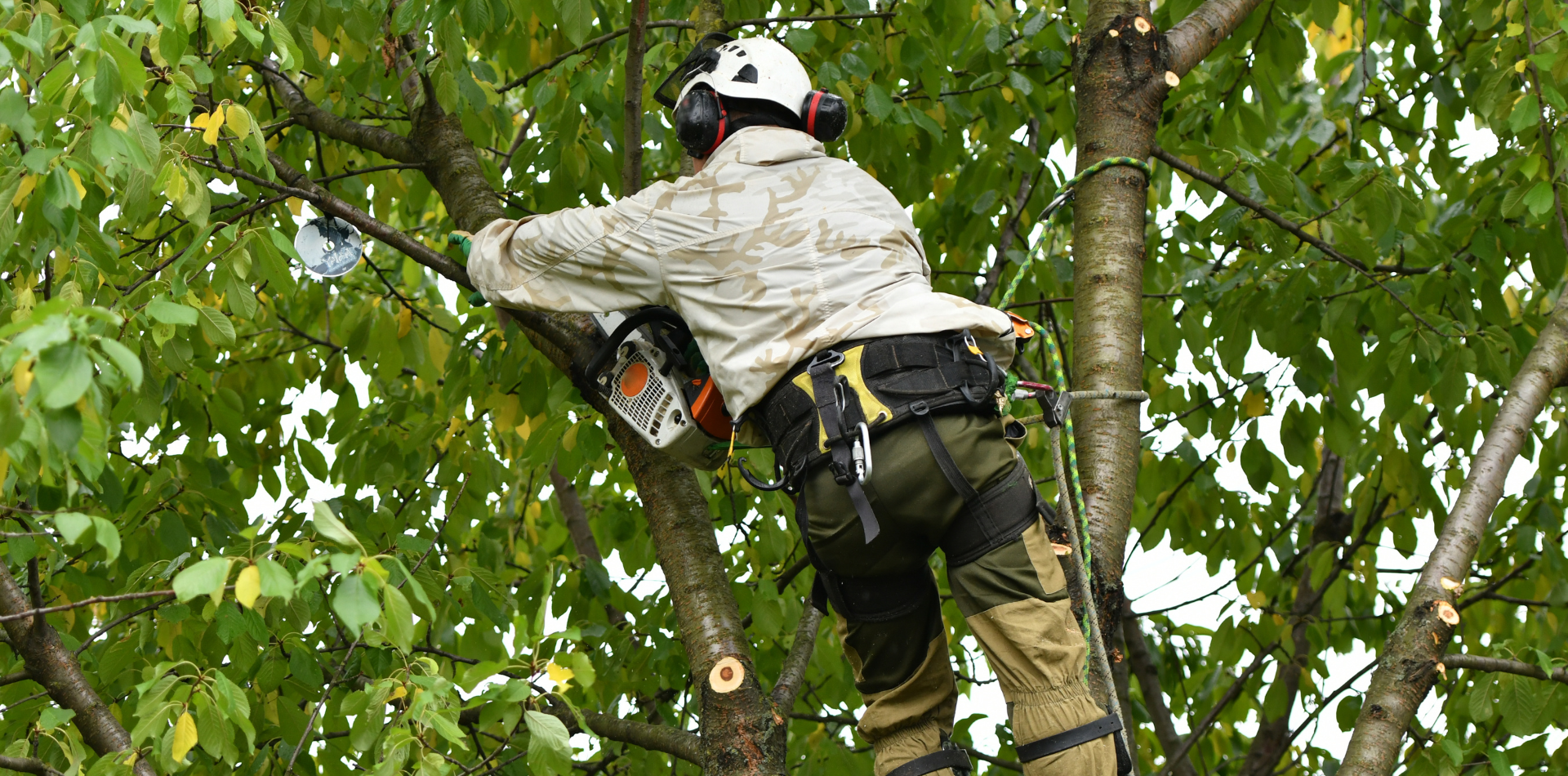
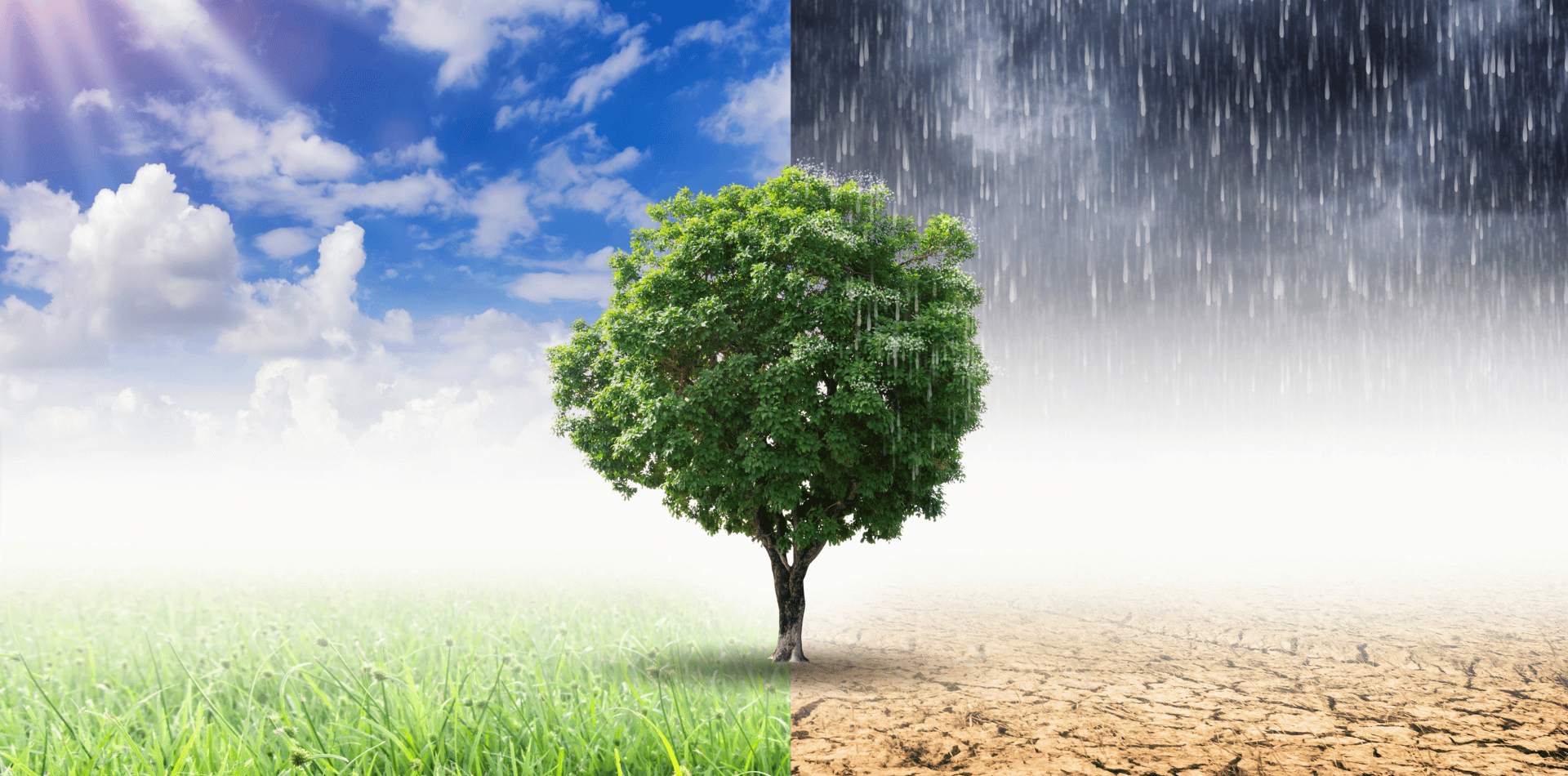
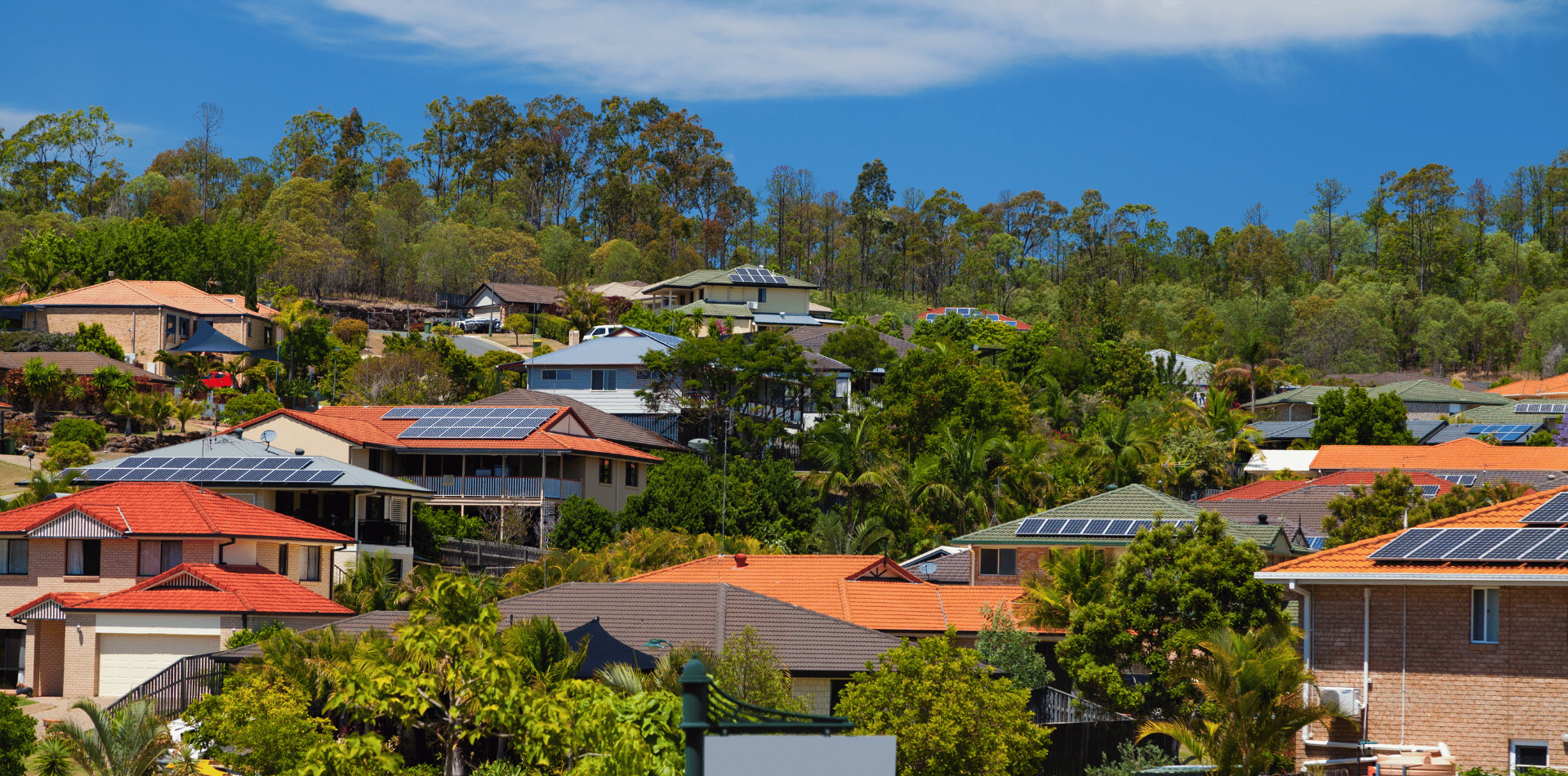
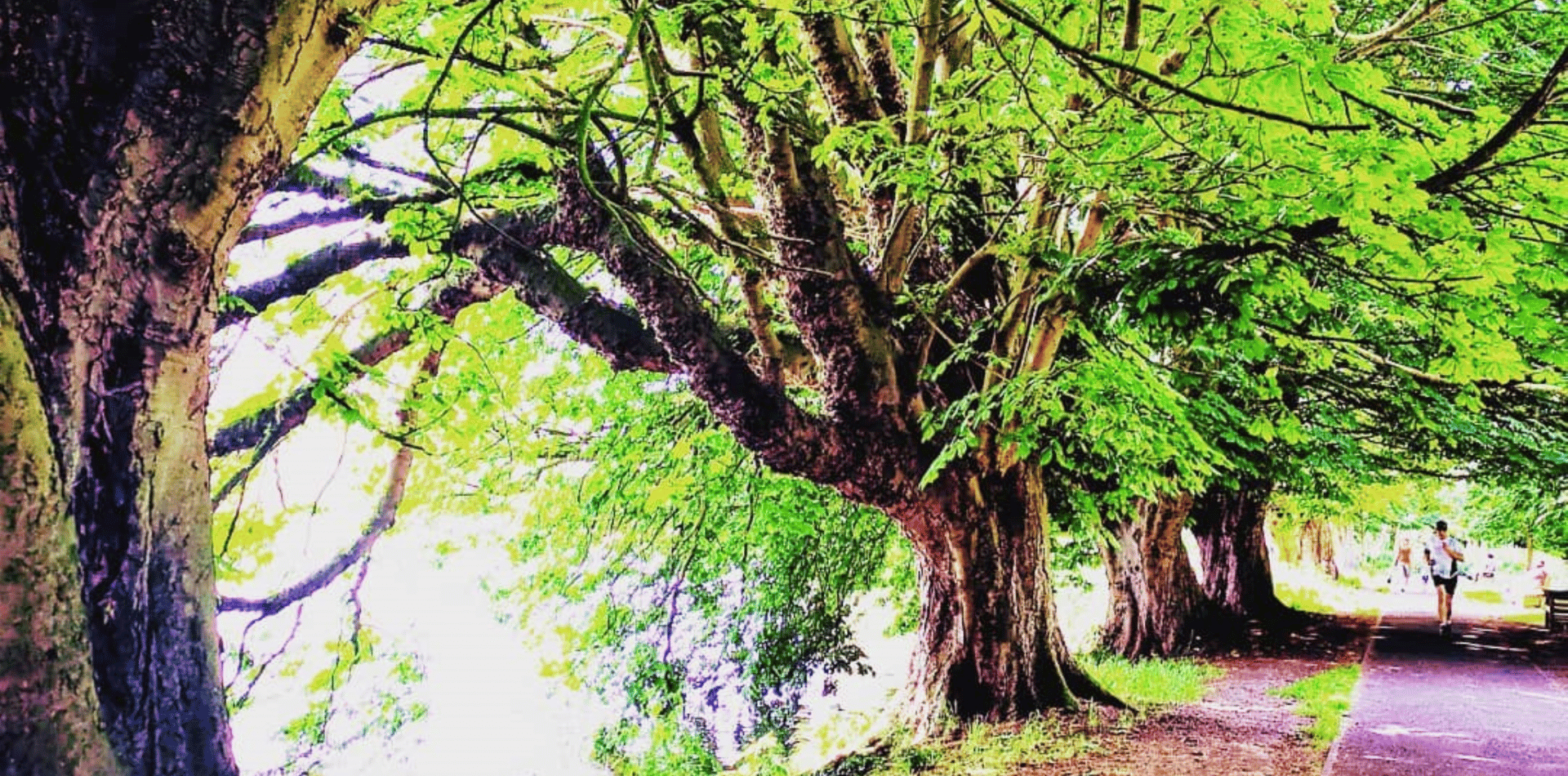
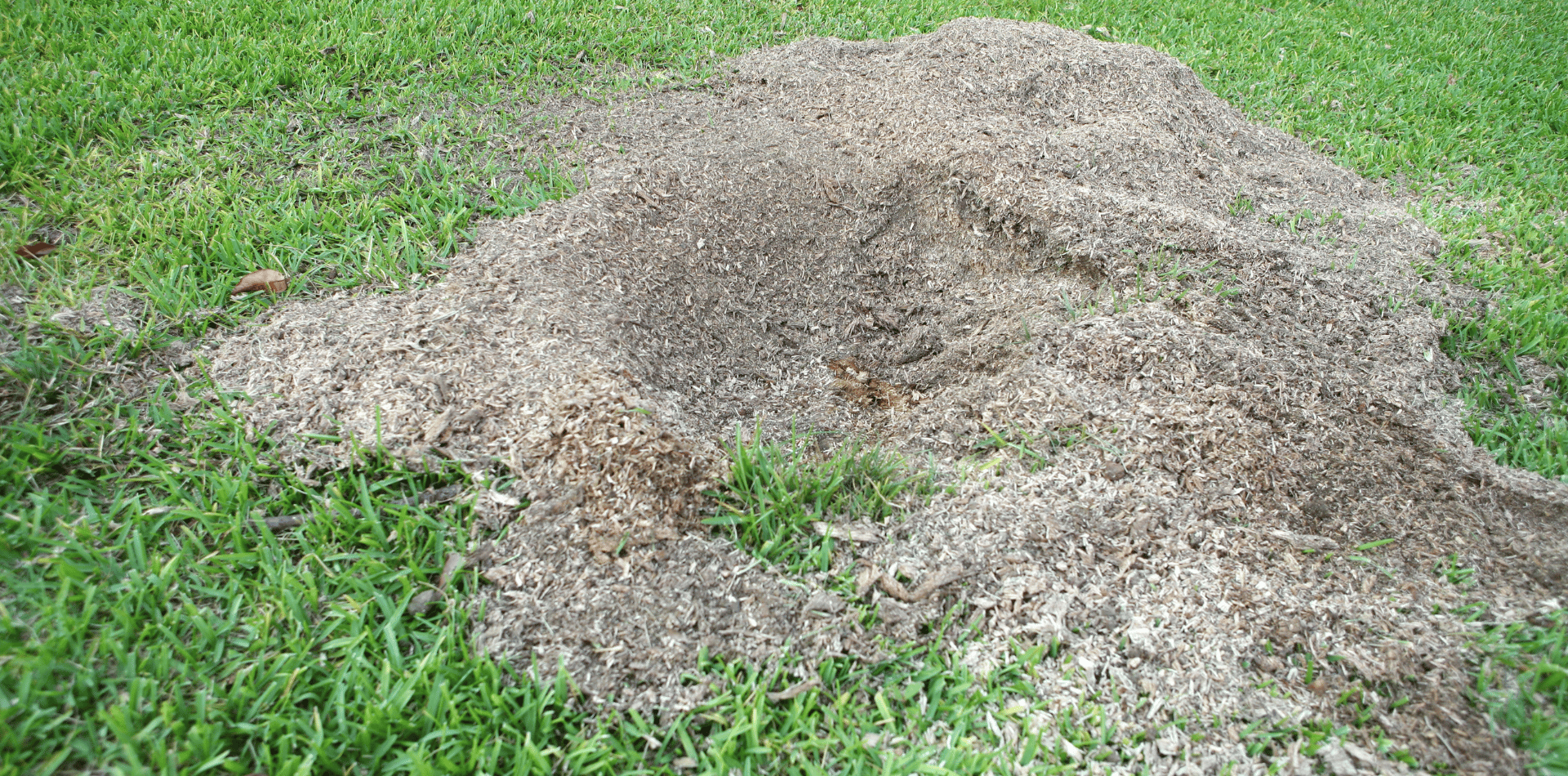
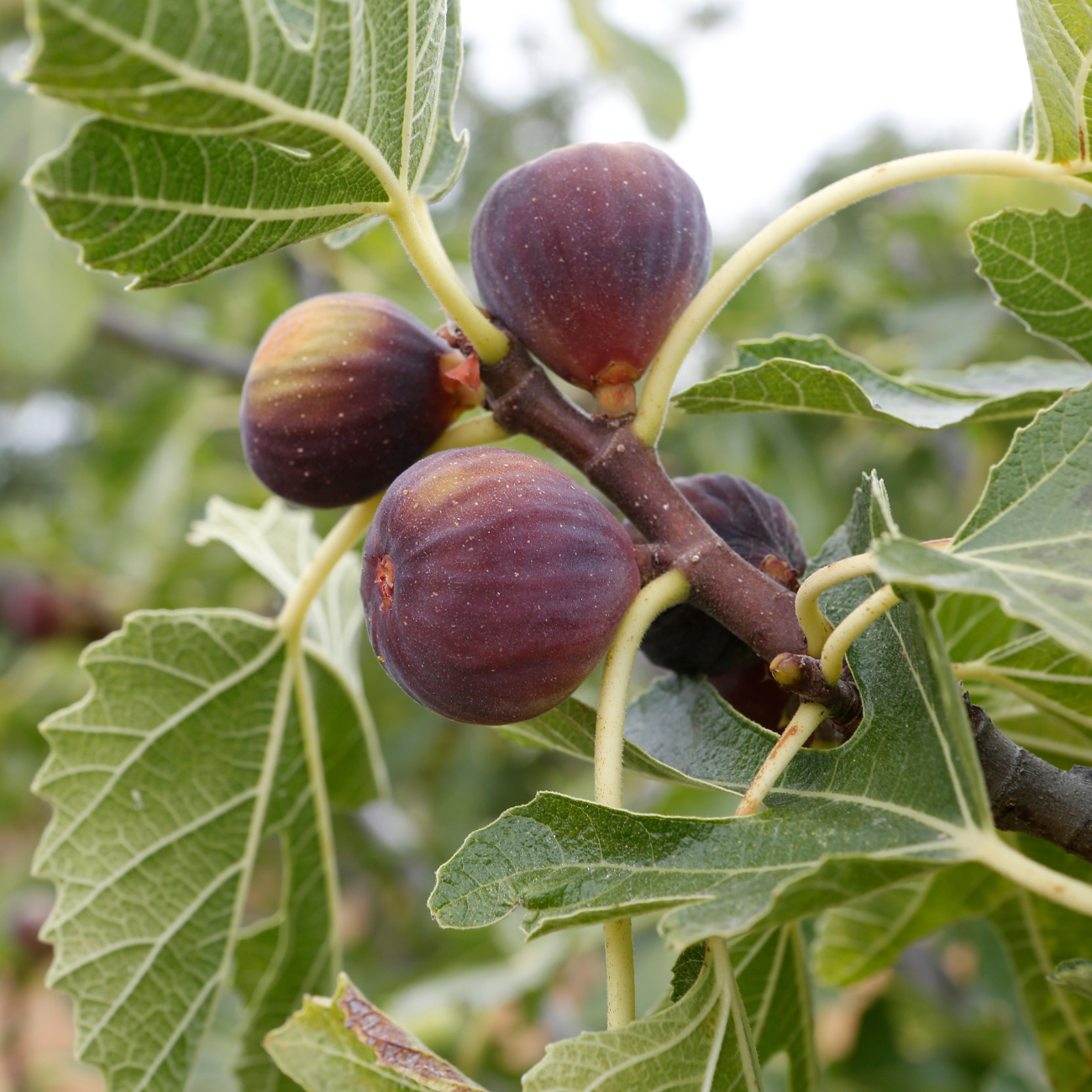

Contact
Kaptol Tree Removal Newcastle
A Member of the Kaptol Group
Powered by Kaptol Media

